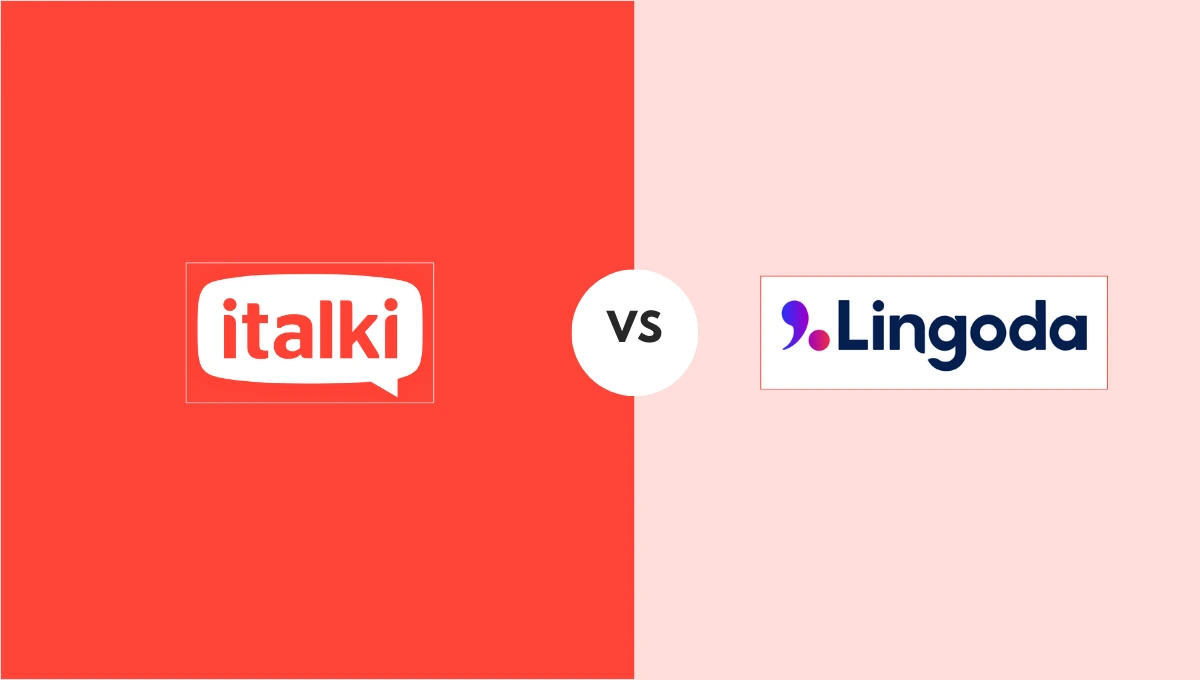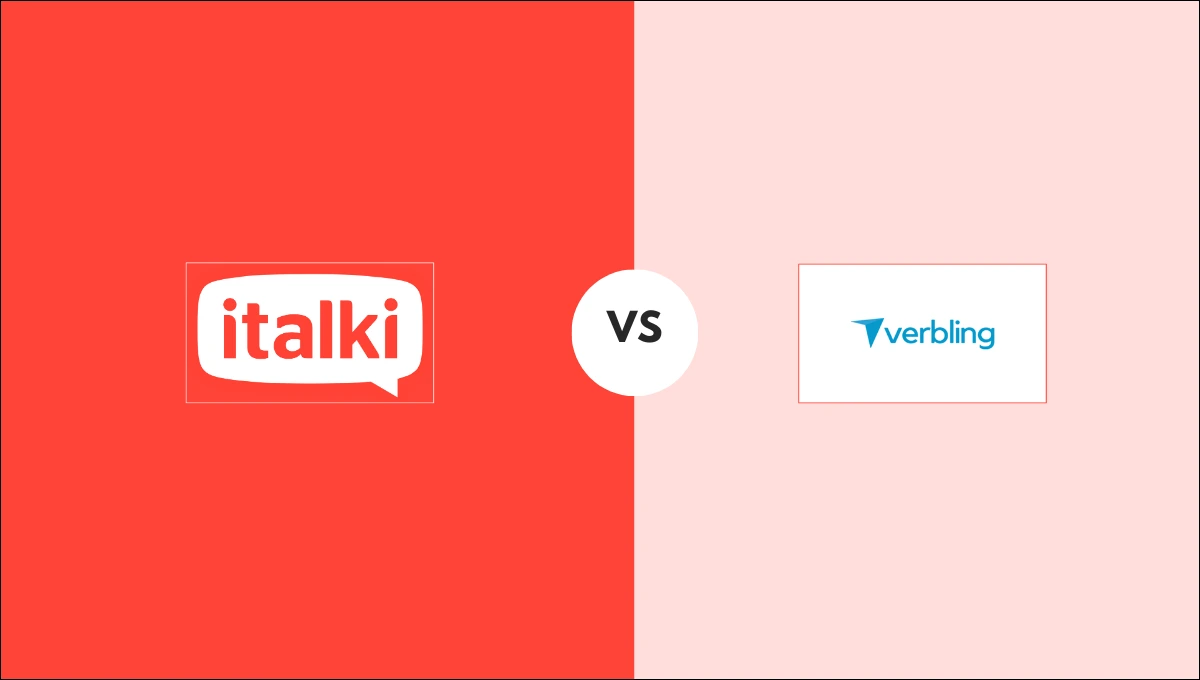Do you find it difficult to understand preterite vs imperfect tenses in Spanish? If so, you’ve arrived at the ideal place. You may understand this crucial component of Spanish grammar by using the informative explanations, useful advice, and real-world examples found in this guide on preterite vs imperfect in Spanish.

Preterite vs Imperfect Spanish: Key differences, examples and tips
If you want to level up your Spanish, you can take online Spanish courses. These courses will help you understand Spanish grammar rules in detail. Additionally, they serve as a great medium to master a new language at your own desired pace.
Understanding the preterite tense in Spanish
When describing previous activities, the preterite tense is used. It is sometimes called the Spanish counterpart of the simple past tense in English.
There is a distinct start and finish to these actions. Depending on the subject and the verb’s conjugation group (-ar, -er, or -ir), different endings are added to the verb’s infinitive to generate the preterite.
For example:
- Hablar (to talk) becomes hablé (I talked).
- Comer (to eat) becomes comí (I ate).
- Vivir (to live) becomes viví (I lived).
This tense is used for:
- Actions that were concluded in the past.
- Events that happened once or a specific number of times.
- Actions that were part of a chain of events.
- Situations that set the stage for another past action.
Signal words and phrases for the preterite tense
| Ayer | Yesterday |
| Anoche | Last night |
| Anteayer | The day before yesterday |
| El año pasado | Last year |
| Una vez | Once |
| De repente | Suddenly |
| El otro día | The other day |
| La semana pasada | Last week |
| El mes pasado | Last month |
| En ese momento | At that moment |
| Hace (diez) años | (Ten) years ago |
| Hace (tres) días | (Three) days ago |
Because they present activities or events as distinct, finished acts in the past, these time-based expressions are employed with the preterite tense.

Understanding the Imperfect tense in Spanish
When discussing the past, both the imperfect and preterite tenses are used, but the preterite emphasizes events with a distinct beginning and end. On the other hand, prior activities that were habitual or continuous are explained by the imperfect.
stating “Comía paella todos los domingos” (I used to eat paella every Sunday) suggests that the event happened regularly in the past, whereas stating “Comí paella el domingo” (I ate paella on Sunday) refers to a specific incident.
You apply the imperfect to ongoing tasks from the past as well. For instance, the imperfect phrase “Hablaba con María cuando vi a Paulo salir de casa” (I was chatting to Maria when I saw Paulo leave the house) refers to a conversation that was in progress but was cut short by a particular occurrence.
The verb’s infinitive is formed into the imperfect tense by appending particular endings, which differ according to the subject and the verb’s conjugation group (-ar, -er, or -ir). For example:
- Hablar (to talk) becomes hablaba (I used to talk/I was talking).
- Comer (to eat) becomes comía (I used to eat/I was eating).
- Vivir (to live) becomes vivía (I used to live/I was living).
This tense is used for:
- Describing ongoing actions in the past.
- Talking about habitual actions or routines.
- Giving background information/setting a scene.
- Describing physical and emotional states or characteristics.
Signal words and phrases for the imperfect tense
| Siempre | Always |
| A menudo | Often |
| Cada día/semana/año | Every day/week/year |
| Mientras | While |
| Antes | Before |
Preterite vs Imperfect Spanish: Main differences
- Type of action
Preterite: Pinpoints actions with a clear start and finish.
Example: Bebí agua (I drank water).
Imperfect: Paints a picture of ongoing or habitual actions.
Example: Bebía agua cuando tenía sed (I drank water when I was thirsty).
- Frequency
Preterite: Captures actions that occurred once or a set number of times.
Example: Visitó Francia dos veces (He/She visited France two times).
Imperfect: Portrays actions that were regular or spanned a longer duration.
Example: Visitaba Francia cada verano (He/She visited France every summer).
- Storytelling
Preterite: Your go-to for narrating events in sequence.
Example: Llamé a María y luego escribí una carta (I called María and then wrote a letter).
Imperfect: Provides background or sets the ambiance.
Example: Escribía una carta cuando sonó el teléfono (I was writing a letter when the phone rang).
Tips for mastering the preterite and imperfect tenses
It can be difficult to learn when to use imperfect vs preterite. You may comprehend these tenses more fully with the appropriate techniques and tools. The following reliable guidelines will help you master the art of discussing the past in Spanish:
Make flashcards
Do you want to ensure you always come up with the appropriate answer when you discuss the past? Do you want to keep those key phrases in mind? Then using flashcards to study is a really efficient method of improving your memory.
To learn which verb tense to use when speaking, try creating flashcards that connect trigger words to the appropriate tenses or flipping cards so that the Spanish translation is on one side and the translation is on the other.

Make real-life conversations
Explore the best way to learn Spanish by using the preterite and imperfect tenses in everyday discussions is one of the best methods to understand their differences. Talking about the past with others exposes you to real-world situations when both tenses are necessary.
Speaking before you believe you have mastered the past tenses should not be put off since this can significantly hinder your progress. Rather, engage in Spanish-language discussions without worrying about your grammar accuracy. Actually, the only way to learn a language is by making mistakes.
Talk with native speakers or certified Spanish tutors to make sure you learn from your mistakes. They can point out mistakes you’ve made. To get the best Spanish tutor, explore italki.
The number of learners worldwide is increasing constantly, and this online language-learning platform is growing quickly. The fact that you can learn Spanish while working is the best part. Your learning objectives might help you choose a lesson plan. You can choose a more hands-on learning approach to learn Spanish in a month.
italki has a pool of experienced online Spanish tutors, most native speakers who can quickly help you become fluent in Spanish. This makes Spanish tutoring much easier than you might expect.

Find Your Perfect Teacher
At italki, you can find your Spanish tutor from all qualified and experienced teachers. Now experience the excellent language learning journey!
Book a trial lesson
You can tailor your learning plan to your preferred learning model. After you’ve chosen a tutor, you can discuss your goals with him or her.
This platform provides Spanish-speaking classes comprising conversational lessons, practice exercises, real-life scenarios, and additional reading materials. Schedule your lessons as soon as possible to take advantage of this one-of-a-kind opportunity.

The enrollment process at italki
Create your italki profile and include all the information about your learning objectives, preferred learning style, and schedule. Then, go to the ‘Find a Teacher’ section to look for all available Spanish instructors.
Select your preferred tutor. You can also schedule a trial lesson at a discounted rate to get a sense of the teaching style. Every learner has a lot of control over this platform because they can select their tutor, lesson time, learning mode, and so on.
This platform provides learners with timely feedback, allowing them to improve their weak points. Schedule your lessons now and get started!
Frequently asked questions
What is the difference between the preterite and imperfect tenses in Spanish?
The preterite tense describes completed actions in the past, often focusing on the beginning or end of an action. The imperfect tense, on the other hand, is used to describe ongoing or repeated actions in the past and provide background information or set the scene.
When should I use the preterite tense?
Use the preterite tense to talk about actions completed at a specific point in the past, actions that occurred a specific number of times, or actions that were part of a series of events.
When should I use the imperfect tense?
Use the imperfect tense to describe ongoing actions or states in the past, habitual actions in the past, background information, or to indicate time, age, or weather in the past.
Can the preterite and imperfect tenses be used together in the same sentence?
Yes, using both tenses in the same sentence when describing past events is possible. The preterite tense is typically used for the main actions or events, while the imperfect tense is used for background information or to provide context.
Conclusion
Understanding the difference between Spanish’s preterite and imperfect tenses is crucial for accurately describing past events. The preterite tense is used for completed actions with a specific beginning and end. In contrast, the imperfect tense is used for ongoing, repeated actions, or provided background information in the past. We also recommend you learn Spanish future tense to carry on conversing in Spanish effortlessly.
Enrol yourself on italki to master Spanish grammar and tense rules quickly. Book your lessons today!
Want to learn a language at italki?
Here are the best resources for you!


















